The idea of stumbling upon prehistoric treasure in your own backyard has captivated the imagination of both children and adults for generations. While countless movies and books have romanticized the notion of amateur fossil hunting, the reality of finding dinosaur bones while gardening or digging a pool is considerably more complex. This article explores the fascinating world of paleontology, the likelihood of backyard discoveries, and what you should do if you genuinely believe you’ve found something significant beneath your property. We’ll separate fact from fiction and examine what makes certain locations more promising for fossil discoveries than others.
Understanding the Rarity of Dinosaur Fossils

Dinosaur fossils are exceptionally rare natural phenomena that require specific conditions to form and preserve over millions of years. For a dinosaur skeleton to fossilize, the remains must be quickly buried in sediment that prevents decomposition and scavenging. These sediments must then undergo geological processes that replace organic material with minerals, essentially turning the bones to stone.
This delicate series of events makes genuine dinosaur fossils incredibly uncommon, with most dinosaurs that ever lived leaving no fossil record whatsoever. Scientists estimate that less than one percent of all dinosaur species that existed have been discovered, highlighting just how unusual it is for remains to survive the fossilization process and eventually resurface where paleontologists can find them.
Geography Matters: Where Dinosaurs Once Roamed

The likelihood of finding dinosaur fossils in your backyard depends enormously on your geographical location and the underlying geology of your property. Dinosaurs inhabited the Earth for approximately 165 million years during the Mesozoic Era, but they weren’t evenly distributed across all landmasses. Areas now known as fossil hotspots include parts of Montana, Wyoming, Colorado, Utah, and the Dakotas in the United States, as well as regions in Canada, Argentina, China, and Mongolia.
These locations typically have exposed sedimentary rock from the right geological periods (Triassic, Jurassic, and Cretaceous) where conditions were favorable for fossil preservation. If your property sits on geological formations from entirely different eras or on igneous or metamorphic rock rather than sedimentary layers, the chances of finding dinosaur remains drop to effectively zero.
Urban Settings vs. Rural Landscapes
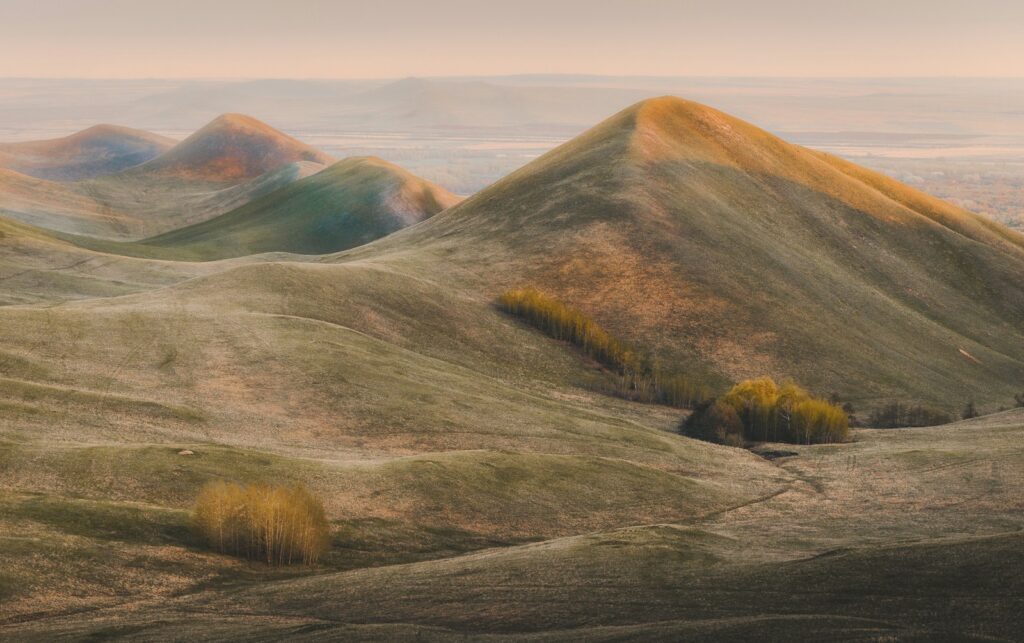
The setting of your property significantly impacts the possibility of fossil discoveries. Urban and suburban areas have typically undergone extensive development, with much of the original ground disturbed, excavated, or covered with fill dirt during construction. This human intervention dramatically reduces the likelihood of intact fossils remaining undiscovered.
Rural properties, particularly those in regions with known fossil deposits, offer slightly better odds for amateur paleontologists. Farms and ranches in fossil-rich areas occasionally yield significant discoveries when erosion exposes new material or during agricultural activities that disturb the soil. However, even in these settings, finding dinosaur remains requires a combination of geological knowledge, keen observation skills, and considerable luck—it’s certainly not an everyday occurrence for rural landowners.
Famous Backyard Discoveries That Made Headlines
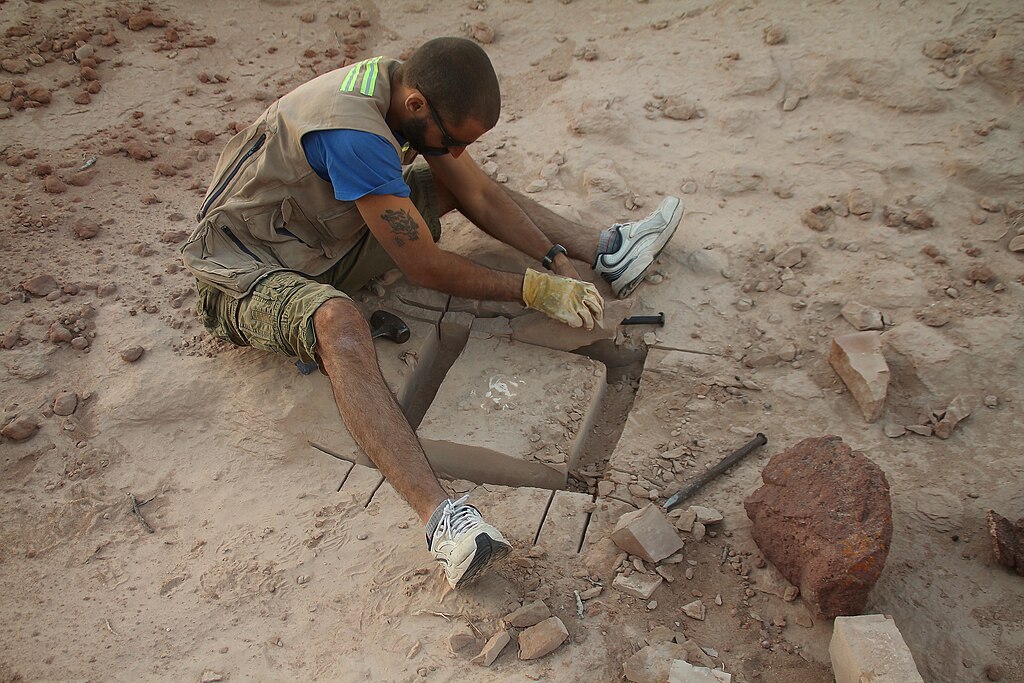
While extremely uncommon, there have been notable cases where ordinary people have made extraordinary fossil discoveries on their properties. In 2000, a rancher in Montana discovered what would later be identified as one of the most complete Tyrannosaurus rex skeletons ever found, now displayed at the Field Museum in Chicago. In 2016, a Michigan farmer uncovered wooly mammoth remains while digging in his soybean field. Though not dinosaurs (which were extinct long before mammoths evolved), this discovery illustrates how significant paleontological finds can occasionally occur on private property.
In New Jersey, a homeowner discovered Late Cretaceous marine fossils while excavating for a pond. These rare success stories capture public imagination but represent statistical anomalies rather than typical outcomes. Each discovery occurred in regions already known for their fossil potential and involved property owners who recognized the significance of what they’d found.
Mistaken Identities: Common Backyard “Fossils”
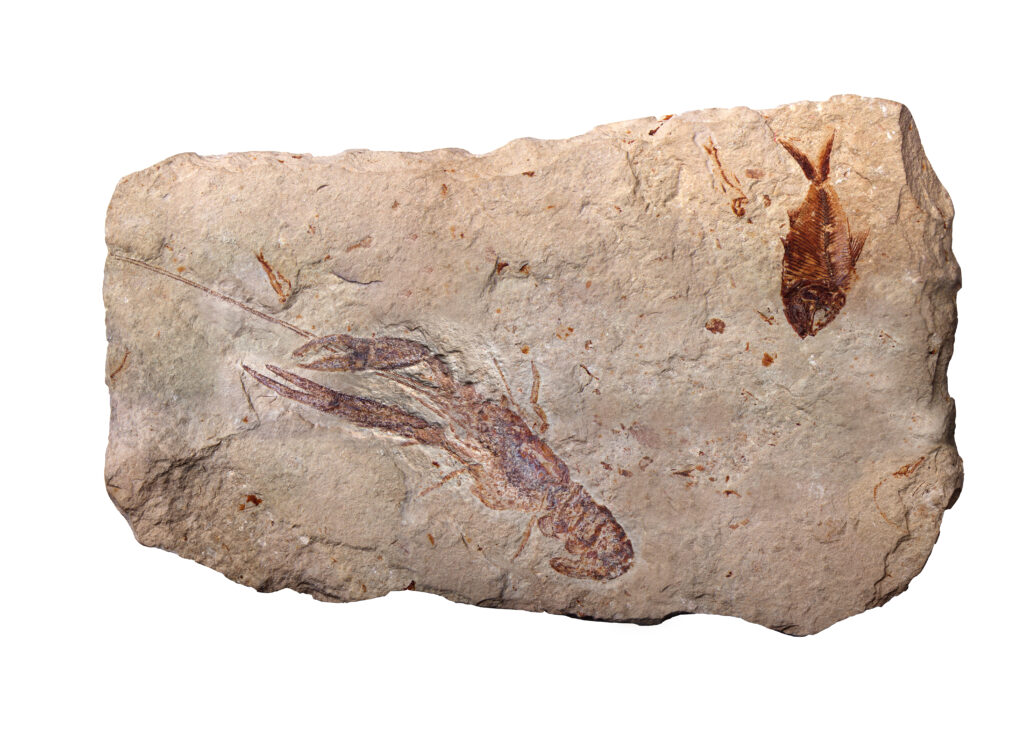
Amateur fossil hunters frequently misidentify ordinary objects as potential dinosaur remains. Rocks with unique shapes, tree roots, concretions (naturally occurring mineral deposits), and even man-made objects like old concrete or ceramic fragments can be mistaken for fossils by untrained eyes. Limestone regions often contain impressions that may resemble bones but are actually mineral formations. Animal remains from much more recent time periods are another common source of confusion—deer bones, for instance, can appear mysterious and ancient when weathered and partially buried.
Even genuine fossils found in some areas are typically marine invertebrates like crinoids, brachiopods, or mollusks that existed hundreds of millions of years ago, long before or after dinosaurs. These fossils, while scientifically valuable and interesting, are not dinosaur remains and represent entirely different periods of Earth’s history.
Legal Considerations of Finding Fossils on Your Property

The legal ownership of fossils discovered on private property varies significantly by location. In the United States, fossils found on private land generally belong to the landowner under the “ad coelum doctrine,” which grants property owners rights to resources above and below their land. However, this principle becomes complicated when dealing with scientifically significant specimens.
Some countries like Argentina, Mongolia, and China have strict laws declaring all fossils national property, regardless of where they’re found. Even in the U.S., if you live near federal lands, it’s crucial to understand boundary lines, as collecting fossils from public lands without proper permits is illegal and can result in severe penalties.
Additionally, some states have enacted specific legislation regarding significant paleontological discoveries, potentially requiring reporting of major finds even on private property. Before starting any fossil hunting activities, it’s advisable to research local regulations and consider the ethical implications of keeping scientifically valuable specimens from the scientific community.
Professional vs. Amateur Fossil Hunting
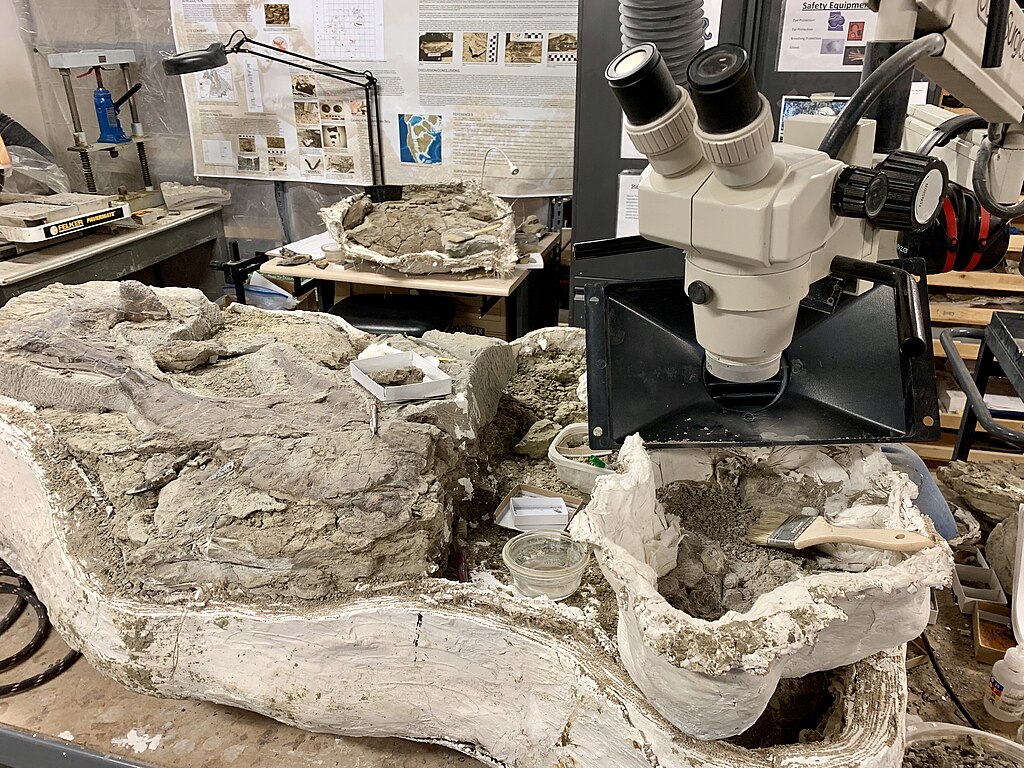
Professional paleontologists approach fossil hunting with specialized training, equipment, and methodologies that differ substantially from amateur efforts. Scientists typically conduct extensive geological surveys to identify promising fossil beds, use ground-penetrating radar and other advanced technologies, and employ meticulous excavation techniques to preserve contextual information.
They document precise locations, sediment layers, and associated fossils to reconstruct ancient ecosystems and timelines. Amateur fossil hunters, even dedicated hobbyists, generally lack these resources and specialized knowledge. The careful extraction of fossils without damaging them requires expertise that develops over years of training.
When significant specimens are discovered by amateurs, collaboration with professional institutions becomes essential for proper preservation, study, and often preparation of the fossils, which might otherwise deteriorate or lose scientific value through improper handling. This collaborative relationship between citizen scientists and professionals has led to many important paleontological discoveries throughout history.
Tools and Techniques for Backyard Exploration

If you’re interested in exploring your property’s fossil potential, certain basic tools and approaches can increase your chances of success while preventing damage to any potential finds. Essential equipment includes small hand tools like brushes, dental picks, and small chisels for careful extraction, along with protective materials like tissue paper and small containers for safely storing specimens.
Begin by conducting visual surveys after rainfall when fresh erosion might expose hidden items. Focus on areas where soil has naturally eroded or been disturbed, such as creek beds, hillsides, or recently plowed fields. When examining potential fossils, look for regular patterns, symmetry, or textures that differ from surrounding rocks.
Document your findings with photographs that include scale references and precise location information. Avoid using harsh cleaning methods on potential fossils, as even genuine specimens can be damaged by improper handling. Remember that patience and careful observation are more valuable than aggressive digging, which can destroy contextual information or damage fragile remains.
Recognizing Genuine Dinosaur Remains
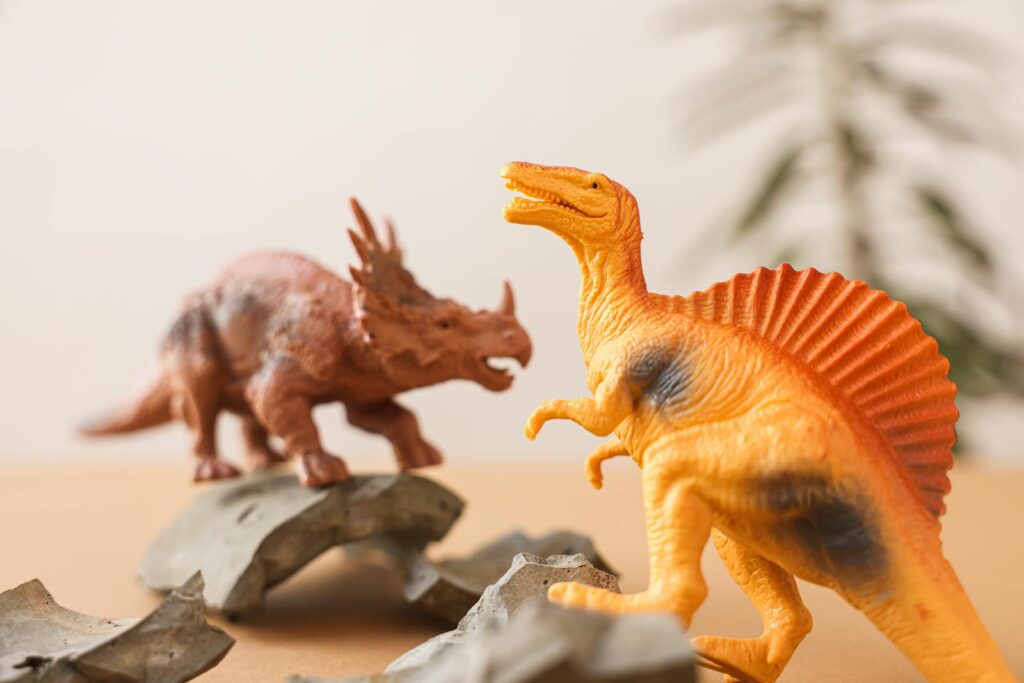
Distinguishing actual dinosaur fossils from ordinary rocks or other materials requires attention to specific characteristics. Genuine dinosaur bones typically exhibit a distinctive internal structure visible on broken surfaces, often appearing porous or containing tiny channels where blood vessels once flowed. The fossilization process usually replaces original bone with minerals like silica or calcium carbonate, making them heavier and more durable than modern bones.
Color is not a reliable indicator, as fossils can range from white to brown, black, or even vibrant hues depending on the minerals present during fossilization. The surface texture often shows fine detail and may have a slightly different luster than the surrounding rock. Size and shape consistency matters—random rock formations rarely maintain anatomical proportions or symmetry.
Perhaps most importantly, genuine dinosaur fossils almost never appear as complete, articulated skeletons in backyard settings; instead, they typically emerge as fragmentary pieces that require expert examination to identify. If you find something with these characteristics, photographing it in place before careful removal is the recommended approach.
What to Do If You Actually Find Something

If you genuinely believe you’ve discovered a significant fossil on your property, proper protocol can ensure both scientific value and legal compliance. The first step is to document the discovery thoroughly without removing it from its location—take multiple photographs from different angles with something for scale, like a coin or ruler. Note the exact location using GPS coordinates if possible.
Rather than attempting extensive excavation yourself, contact local universities with geology or paleontology departments, natural history museums, or state geological surveys. These institutions can provide expert assessment and advice on next steps. While waiting for professional evaluation, protect the site from weather damage with temporary covering if necessary. Be prepared to provide access to your property for scientific examination.
Though you may legally own fossils found on your private property in most U.S. states, consider the scientific and educational value of significant specimens, which might be better preserved in museum collections where they can be properly maintained and studied. Many institutions will acknowledge donors and may offer casts or replicas for personal display.
Alternatives to Backyard Discoveries
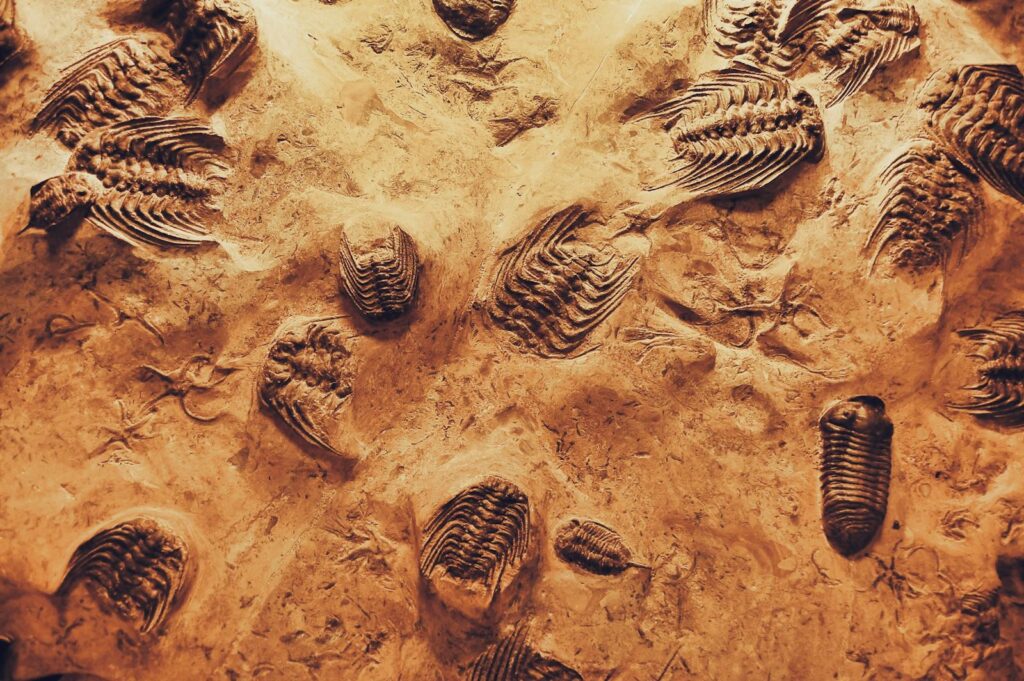
For dinosaur enthusiasts whose properties are unlikely to yield fossils, numerous alternatives exist to experience the thrill of paleontological discovery. Many regions offer public fossil hunting experiences in designated areas where amateur collection is permitted. Famous locations include the Green River Formation in Wyoming, where fish fossils are abundant, or Dinosaur Provincial Park in Alberta, Canada, which offers guided excavations.
Numerous museums and research institutions run citizen science programs where volunteers can participate in actual dinosaur digs under professional supervision, providing hands-on experience while contributing to scientific research. Educational programs through natural history museums often include fossil hunting field trips appropriate for various age groups and experience levels.
For those unable to travel, participating in micro-fossil sorting programs allows volunteers to examine sediment samples for tiny specimens under microscopes, often from the comfort of home. These alternatives provide authentic fossil hunting experiences without the infinitesimal odds associated with backyard discoveries in geologically unsuitable locations.
The Scientific Value of Amateur Discoveries

Despite the challenges and low probability of backyard dinosaur discoveries, amateur paleontology has made significant contributions to scientific knowledge throughout history. Mary Anning, one of the most important fossil hunters of the 19th century, began as a self-taught collector whose discoveries revolutionized understanding of marine reptiles from the Jurassic period. In more recent times, nine-year-old Matthew Berger stumbled upon the remains of Australopithecus sediba while walking his dog in South Africa, providing crucial insights into human evolution. These examples illustrate how non-professionals can occasionally make discoveries of tremendous scientific importance.
When amateur fossil hunters work collaboratively with professional institutions, documenting finds properly and ensuring specimens reach appropriate research facilities, they become valuable participants in expanding paleontological knowledge. The scientific community increasingly recognizes this potential through citizen science initiatives designed to harness public enthusiasm while maintaining scientific standards. This collaborative approach represents the most productive relationship between backyard explorers and professional paleontologists.
Preserving Our Paleontological Heritage

The ethical dimensions of fossil hunting extend beyond legal ownership to questions of scientific access and preservation for future generations. Significant paleontological specimens represent irreplaceable scientific data that, when properly studied, contribute to our understanding of Earth’s biological history. Private collection of scientifically valuable fossils, even when legal, can prevent researchers from accessing important specimens and contextual information. Responsible amateur fossil hunters increasingly recognize the importance of reporting significant finds to scientific institutions, even when retaining legal ownership. This balanced approach allows for personal connection with prehistoric discoveries while ensuring scientific documentation.
Furthermore, the fossil market has unfortunately created incentives for illegal collection and smuggling from protected sites worldwide, damaging contextual information and scientific value. By supporting ethical fossil hunting practices, reporting significant finds, and educating others about the scientific importance of proper documentation, backyard explorers can help protect our shared paleontological heritage while still enjoying the thrill of potential discovery on their own properties.
Conclusion
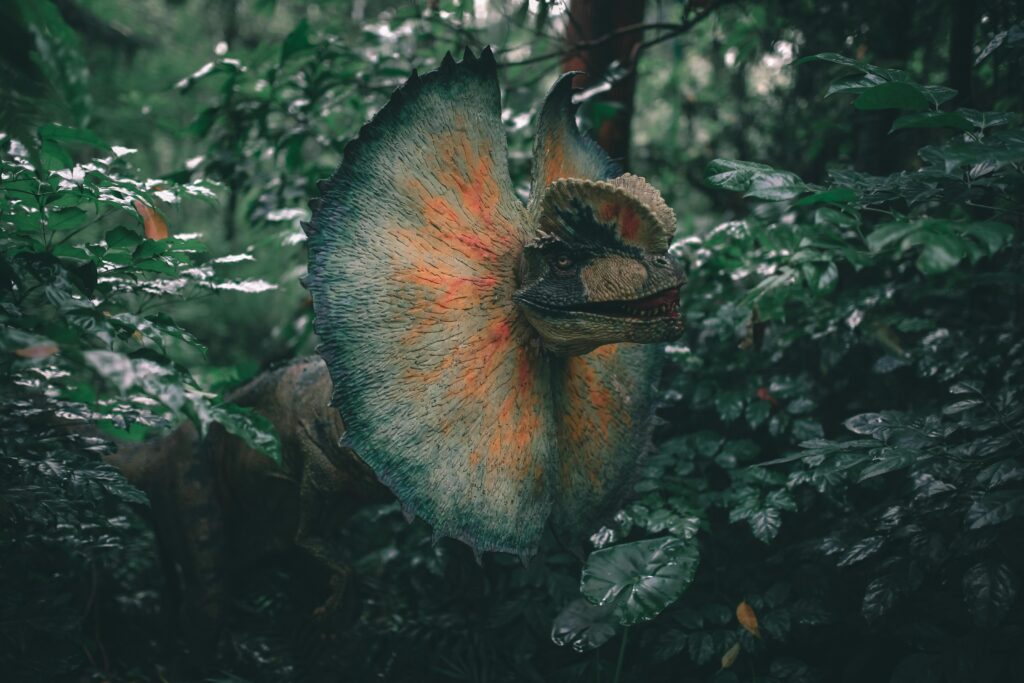
While the dream of unearthing dinosaur bones in your backyard makes for compelling fiction, the reality is far more nuanced. The likelihood depends enormously on your location, local geology, and a substantial amount of luck. Most genuine dinosaur discoveries occur in specific geological formations through methodical scientific exploration rather than casual backyard digging. Nevertheless, the possibility, however remote, continues to inspire amateur paleontologists of all ages.
If fossil hunting interests you, consider joining organized expeditions, visiting fossil parks, or contributing to citizen science projects rather than expecting discoveries on your property. And should you be among the extremely fortunate few to find something significant, remember that these remnants of Earth’s ancient past hold scientific value that extends far beyond personal ownership.
By approaching potential discoveries with knowledge, responsibility, and collaboration with experts, you honor the scientific significance of these prehistoric treasures while participating in the ongoing story of paleontological discovery.



